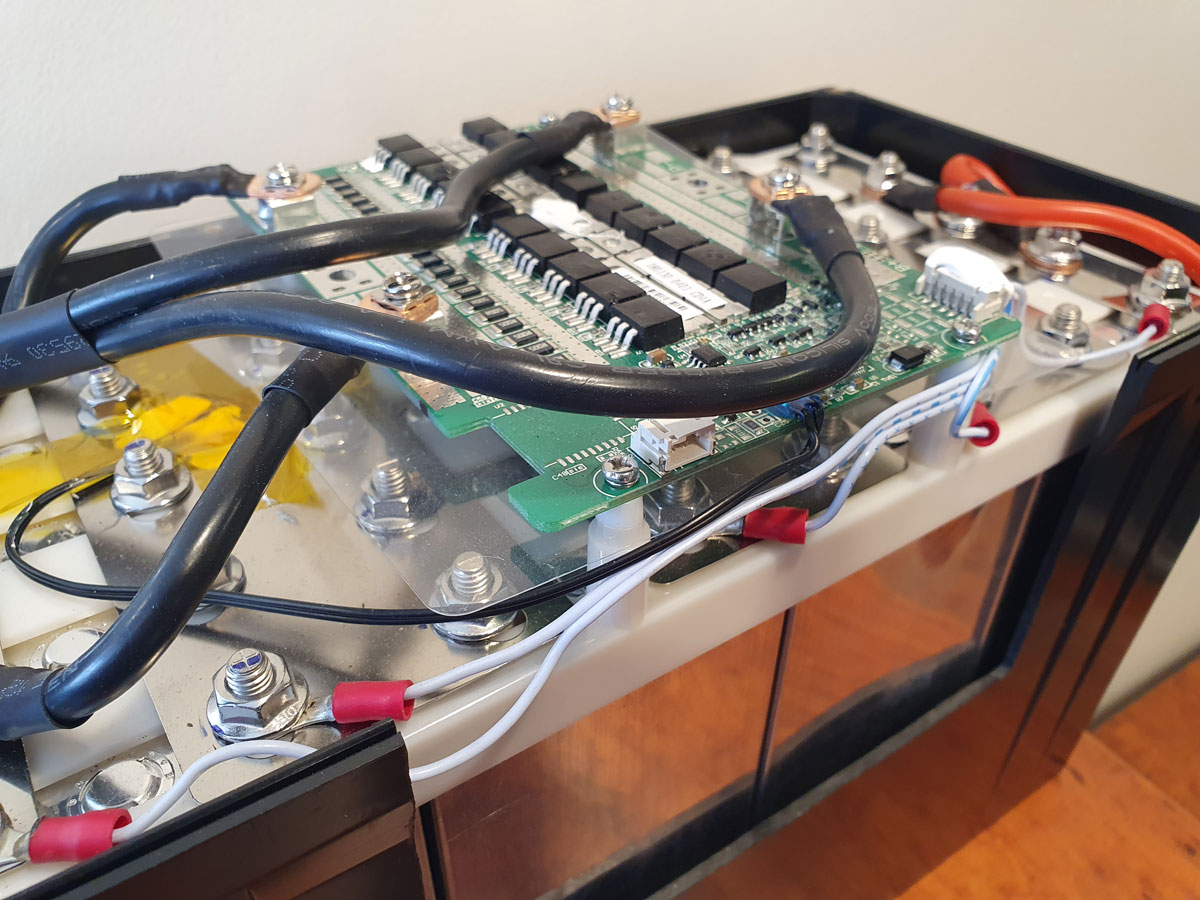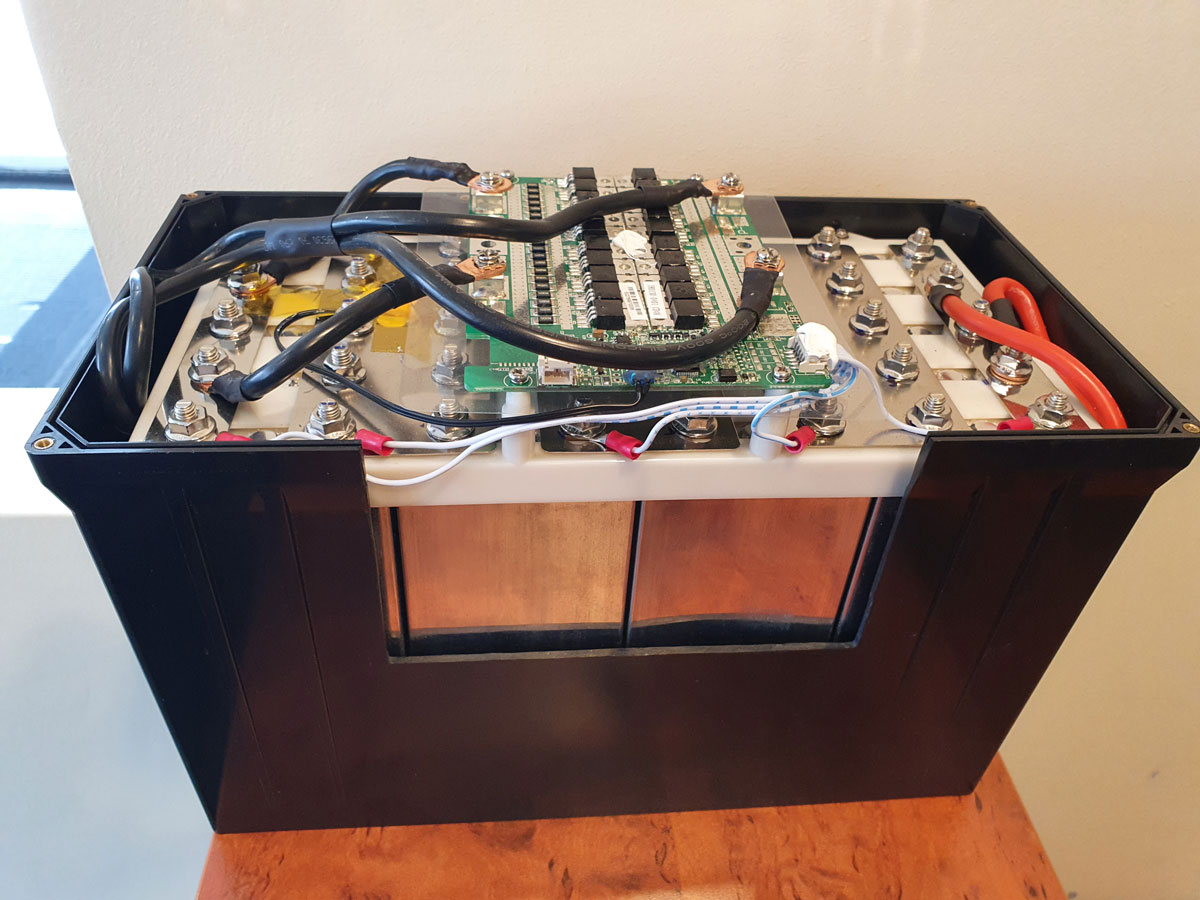12V Guru – Lithium BMS – What’s Inside Lithium Battery
Question to 12V Guru:What is a Lithium battery BMS?
Hey 12V Guru – getting confused with what everyone is calling a BMS with the new Lithium batteries – I thought this was part of what they call “smart chargers”? Can you elaborate? I can’t keep up!
Allen, Murray Bridge, SA
12V Guru answers:
Hi Allen, agree it is getting more and more difficult to keep up with all these changes so here is my explanation!
New technology brings new acronyms and now with the introduction of Lithium batteries starting to gain traction in the RV and camping market we are off on a new learning curve. There is a common misunderstanding as to the function and definition of a Power Management System (BMS).
BMS or Power Management System?
Historically a BMS is defined as a device which manages batteries – obvious – however now they are also inside batteries?
A battery charger or power management system such as the BMPRO Power Management System is what historically RVers know of as a BMS as it manages the battery through correct charging levels depending upon the battery’s state of charge, protects it via a low voltage disconnect from discharging to dangerously low levels and has over ride protections when the battery is not performing as expected.
As these systems have become more sophisticated, they are now more aptly known as Power Management Systems as they also manage our power inputs such as AC and solar and output loads such powering circuits in your RV.
Lithium BMS – what’s inside of a lithium battery
A lithium battery is made up from multiple smaller cells inside and each of these required smart electronics to ensure that they operate together to deliver the required output.
In poorer quality Lithium batteries these cells may just be taped together and lack structural integrity, however in a quality product there would be a framed structure supporting the cells and printed circuit board (PCB) containing electronics known as the Power Management System. This PCB is inside the battery casing and not view3able or serviceable by RVers.
The most basic versions of these electronics will be quite simple with limited functionality and reliability and can even be purchased “off the shelf” for those budding 12V Gurus wanting to build their own battery.
A quality BMS system will have been through a full functional and safety testing program and will even be fully certified by international laboratories such as UL and hold an IEC certification at complete battery level not just the internal individual cell level.
Lithium BMS functions
From a construction perspective, manufacturers of Lithium deep cycle batteries use a range of different types of internal cells and these are either joined in series or parallel configurations to provide a nominal 12V voltage (actual voltage from approximately 12V – 14.4V depending upon cells).
One key function of the Power Management System is to ensure that all these cells are balanced evenly. This means that each cell will be at the correct voltage and delivering the appropriate amount of amperage as expected. Whilst these cells are manufactured in factories with automated technology, as chemistry is not always an absolute exact science, there will some discrepancy in the strength, longevity, and reliability of each cell.
The internal BMS of Lithium battery is responsible for managing these cells collectively. As in a lead acid battery, one poorly performing cell inside a Lithium battery that is not correctly managed by the BMS will drag down the performance of the entire battery pack.
Lithium battery safety
A Lithium BMS also is an extremely important part of the safety critical circuitry that shutdowns a Lithium battery in the circumstances of overcharge or discharge, operating outside temperature range and importantly, short-circuit. Whilst the power management systems and battery chargers have their own range of protection mechanisms when they detect an issue with a battery, this internal BMS found in Lithium batteries provides an additional level of safety. A lead acid battery has none this level of protection.
Safe travels, Allen!
The article was written for Caravan World Magazine.
Like this Post? Share it!





